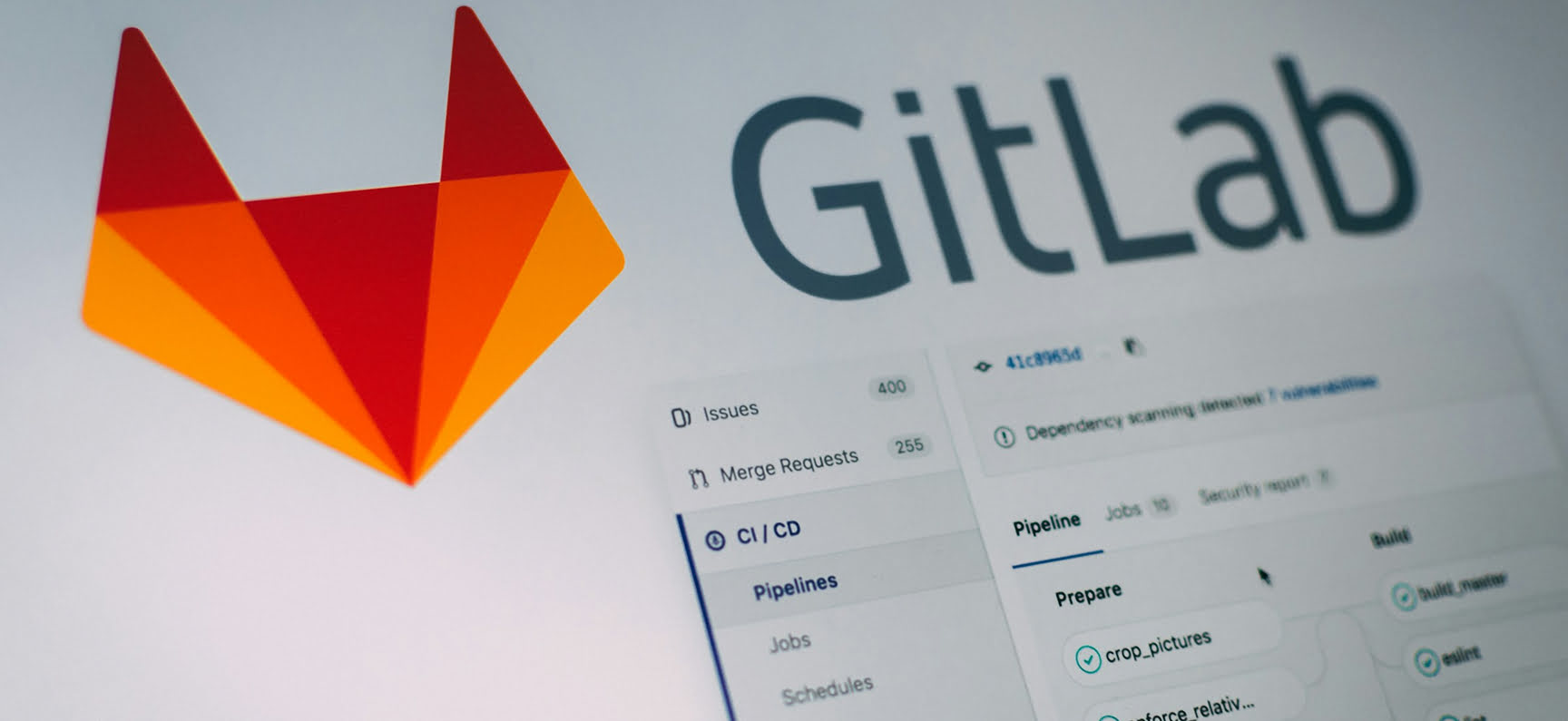In today's high-stakes digital arena, CTOs are under immense pressure to deliver faster, minimize downtime, scale on demand, and innovate without blowing up the budget. It’s no longer enough to “keep the lights on†– you need to build systems that adapt, recover, and accelerate your roadmap. That’s exactly why Kubernetes has become the go-to choice for tech leaders across industries.
What started as a powerful tool for developers has evolved into a business-critical platform that supports complex digital transformations. From financial services and healthcare to media and retail, Kubernetes use cases in industry are growing fast, and for good reason. Kubernetes allows enterprises to deploy and manage applications at scale, streamline DevOps workflows, and maintain rock-solid reliability, even in the face of traffic spikes or infrastructure failures.
Kubernetes real use case studies are proving that the platform isn’t just a trend – it’s a strategic asset. Kubernetes helps unify development and operations, simplifies microservices management, and creates the agility enterprises need to stay competitive.
So what’s fueling this adoption? In this article, we’ll unpack the top business drivers, share real-world case studies on Kubernetes optimization, and show you how CTOs are turning Kubernetes into a competitive edge.
Why Choose Kubernetes?
Kubernetes has gone from a niche developer tool to a must-have for modern infrastructure planning. According to Mordor Intelligence, the global Kubernetes market is projected to grow from $3.76 billion in 2025 to $8.24 billion by 2030, with a CAGR of 17.01% – a clear signal that container orchestration isn’t just trending, it’s transforming enterprise IT strategies. For CTOs, that kind of growth isn’t just a data point – it’s a roadmap for where enterprise architecture is heading next.
The container orchestration platform offers automated scaling, self-healing infrastructure, and multi-cloud flexibility, making it a smart fit for teams that want agility without sacrificing control. We’ve seen it in action across industries: Kubernetes business case studies consistently show improvements in deployment speed, system stability, and resource efficiency. Whether you're a startup scaling fast or an enterprise dealing with legacy architecture, Kubernetes helps turn infrastructure into a business advantage.
Expert Opinion «When CTOs choose Kubernetes, it’s not just about picking a trendy platform – it’s about solving real business problems. They’re looking for something that can scale fast under pressure, streamline delivery, and keep costs in check. We’ve seen it firsthand: Kubernetes cuts deployment time, boosts system resilience, and brings clarity to infrastructure spending. But it’s not always love at first sight – sometimes it takes a proof-of-concept to show just how powerful this shift can be.»Oleksandr Melnychenko DevOps Specialist at Artjoker
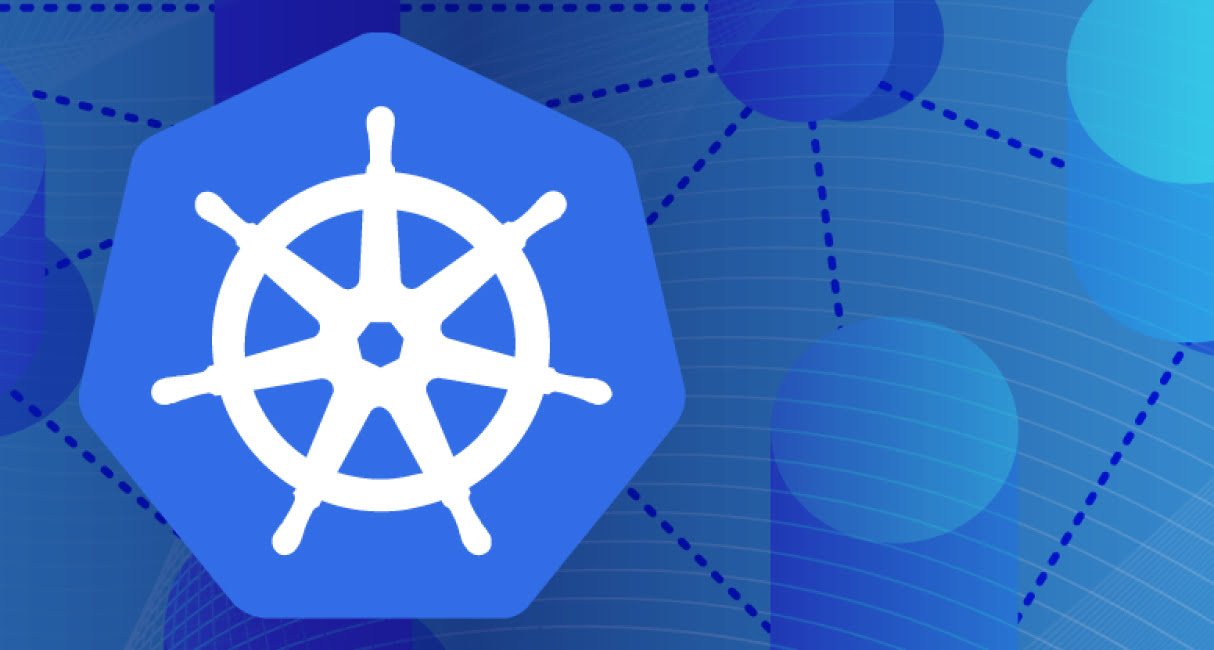
Here are the main advantages of using Kubernetes that are reshaping how companies build, deploy, and scale digital products:
- Faster Time to Market: The container orchestration platform accelerates development by automating deployments, integrating seamlessly with CI/CD pipelines, and reducing downtime during updates.
- Scalability on Demand: Whether you're handling Black Friday-level traffic or spinning up test environments, the container orchestration platform scales up or down based on real-time demand.
- Reduced Downtime and Higher Resilience: With features like self-healing containers and automatic failover, your services stay online, even if parts of your system go down.
- Cost Optimization: Kubernetes ensures you're using exactly what you need, nothing more. Eliminating wasted computing power and right-sizing workloads helps you cut unnecessary cloud spending without compromising performance.
- Vendor Agility and Multi-Cloud Freedom: The container orchestration platform helps you break free from vendor lock-in. Its platform-agnostic nature allows your apps to run on AWS, Azure, GCP, or even your own servers.
- Enhanced Security and Policy Control: With the container orchestration platform, businesses can build with security in mind from day one. It offers granular role-based access control (RBAC), secrets management, and network policies.
- Developer Productivity: Kubernetes removes friction in the development process. With standardized environments, infrastructure as code, and built-in observability, developers can focus on building great features instead of fighting infrastructure fires.
Kubernetes in Action: Real-World Business Case Studies
There’s theory – and then there’s what actually works in the wild. Nothing makes the business case for the container orchestration platform clearer than seeing how real companies are using it to solve real problems. Whether it’s faster releases, cost savings, or bulletproof uptime, these stories show exactly why the container orchestration platform has become the go-to platform for modern infrastructure. In each Kubernetes case study, you’ll see a common thread: faster innovation, more resilient systems, and infrastructure that scales as fast as the business. These aren’t just isolated wins – they’re part of a growing wave of adoption across industries. From fintech to eCommerce and SaaS, top customer use cases of Kubernetes showcase how this platform turns technical complexity into a strategic advantage. Let’s break down the real-world impact.
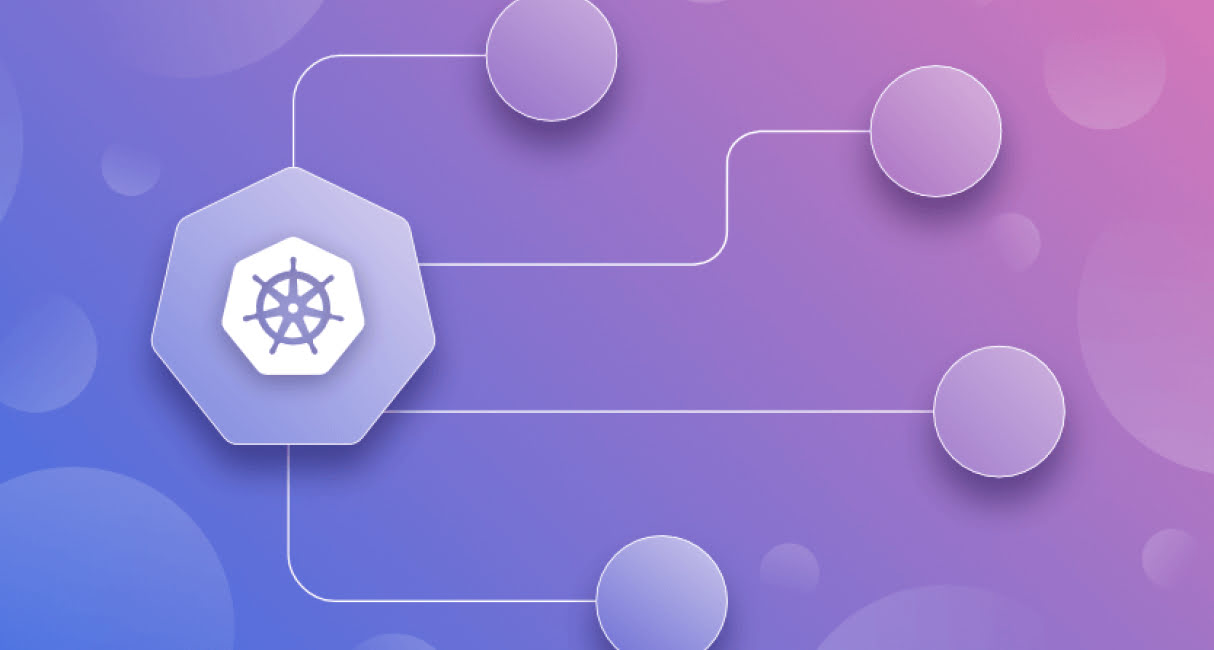
Netflix: Streaming at Scale
Netflix leverages Kubernetes to manage its massive microservices architecture more efficiently, roll out updates in real time, and keep those binge-worthy streams flowing with near-zero downtime. This isn't just about tech – it's about delivering seamless customer experiences at a global scale.
Capital One: Banking on Agility
Capital One embraced the container orchestration platform to boost scalability, enforce tighter controls, and dramatically reduce deployment times. As a leader in DevOps in banking, Capital One’s shift to Kubernetes enabled faster releases, smoother customer interactions, and a stronger foundation for digital banking innovation.
Spotify: Harmonizing Microservices
Spotify uses Kubernetes to manage thousands of microservices, orchestrate complex workflows, and enable continuous delivery. This allows them to deploy new features rapidly and maintain a high-quality user experience.
CERN: Accelerating Scientific Discovery
CERN adopted the container orchestration platform to automate deployments and improve resource utilization, enabling it to process vast amounts of scientific data more efficiently. This shift has significantly enhanced their ability to conduct complex experiments and analyses.
Choosing Your Kubernetes Deployment Model
When it comes to Kubernetes, one size definitely doesn’t fit all. The model you choose shapes everything – from operational complexity to cost efficiency and scalability. For business leaders, especially CTOs and CIOs, the deployment model isn’t just a tech choice – it’s a strategic one that impacts agility, uptime, and long-term ROI. Kubernetes for business leaders, especially CTOs and CIOs, isn’t just about containers – it’s about choosing a model that aligns with your mission, your customers, and your growth.
Here’s how to choose your Kubernetes deployment model based on your team’s goals, capabilities, and future roadmap:
- Managed Kubernetes Services: Ideal for teams looking to offload infrastructure management. Providers like AWS EKS, Google GKE, and Azure AKS offer scalable solutions with reduced operational overhead.
- Self-Managed Kubernetes: Offers greater control and customization, suitable for organizations with specific compliance or performance requirements. However, it demands a higher level of expertise and resources.
- Hybrid and Multi-Cloud Deployments: For businesses seeking flexibility and resilience, deploying the container orchestration platform across multiple environments can prevent vendor lock-in and enhance disaster recovery capabilities.
Kubernetes Networking Options
Choosing a Kubernetes network isn’t just about plugging in a CNI plugin – it’s about aligning performance, security, and scalability with your business needs. Networking is a critical part of Kubernetes development, especially as teams scale services, shift to multi-cloud, or integrate tighter security controls.
Here’s a breakdown of popular CNI plugins – with examples and real-world context to help you decide what fits best:
- Calico: If security and compliance are at the top of your list, Calico should be on your radar. It’s known for its fine-grained network policies, powerful firewalling, and ability to integrate with public cloud providers. Calico works well in multi-cloud and hybrid environments, which is perfect for companies managing sensitive data or being bound by industry regulations.
- Flannel: Lightweight, simple, and fast to set up – Flannel is the go-to choice for smaller teams or development environments. It provides a basic overlay network with minimal complexity, making it ideal if you’re just getting started or running small- to medium-sized clusters.
- Cilium: For CTOs and architects looking for advanced performance and deep observability, Cilium is a game-changer. Built on eBPF (extended Berkeley Packet Filter), it provides real-time monitoring, secure service-to-service communication, and lightning-fast networking at scale. If you're running microservices at a global scale, this one’s for you.
- Weave: Looking for a plug-and-play option that’s still production-ready? Weave Net offers encryption, automatic peer discovery, and solid fault tolerance. It’s great for mid-sized teams that want something more robust than Flannel, but without diving into the complexity of Cilium or Calico right away.
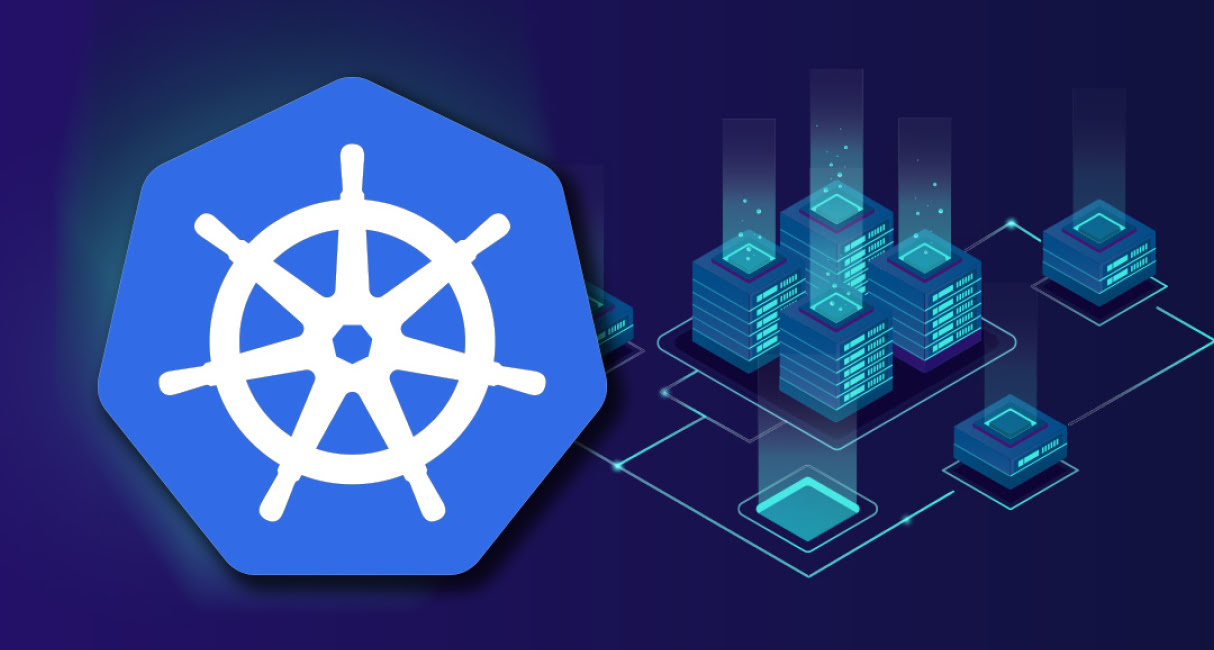
Observability and Monitoring: Keeping Kubernetes in Check
In the world of Kubernetes, what you can't see can hurt you. As clusters grow and microservices multiply, maintaining visibility becomes paramount. Observability and monitoring are not just technical necessities – they're strategic tools that empower CTOs to make informed decisions, ensure system reliability, and optimize performance.
Key tools for observability:
- Prometheus: An open-source monitoring system that collects metrics from configured targets at given intervals, evaluates rule expressions, and can trigger alerts if certain conditions are observed. It's a staple for real-time monitoring in the container orchestration platform environments.
- Grafana: Often paired with Prometheus, Grafana provides interactive visualization of metrics, enabling teams to create dashboards and alerts that offer insights into system performance and health.
- Datadog: A comprehensive monitoring and analytics platform that integrates seamlessly with the container orchestration platform, offering features like anomaly detection, log management, and real-time alerting.
- Kubewatch: A Kubernetes watcher that publishes event notifications to Slack, helping teams stay informed about changes in their clusters in real-time
- Cilium: Beyond networking, Cilium leverages eBPF for deep observability into network traffic, providing detailed insights into service communication patterns and performance bottlenecks.
Benefits for business leaders:
- Proactive Issue Detection: Early identification of anomalies prevents minor issues from escalating into major outages.
- Resource Optimization: Understanding resource utilization helps in right-sizing infrastructure, leading to cost savings.
- Compliance and Security: Continuous monitoring ensures that systems adhere to compliance standards and security policies.
- Enhanced User Experience: By maintaining system health, businesses can provide consistent and reliable services to their customers.
What CTOs Need to Evaluate Before Kubernetes Adoption
Before you choose Kubernetes, take a step back and evaluate whether it truly aligns with your business goals, current capabilities, and growth plans. Kubernetes can unlock huge value – but it’s not plug-and-play, and it’s definitely not one-size-fits-all.
Here’s what smart CTOs assess before diving in:
- Business Objectives: Are you aiming to accelerate time to market? Reduce cloud costs? Improve availability and disaster recovery? Your goals will shape your entire the container orchestration platform strategy.
- Current Architecture: If you’re still running on a legacy monolith, containerizing your workloads is the first challenge. The container orchestration platform shines with microservices – but only when the foundation is in place.
- Internal Expertise: Kubernetes is powerful, but it requires skilled DevOps engineers to manage it. If your team lacks experience, bringing in outside container orchestration platform development or agile operations services is critical.
- Operational Complexity: Be honest – is your organization mature enough to operate and maintain the container orchestration platform in production? Sometimes the right move is a managed service or phased rollout.
- Security and Compliance Needs: Heavily regulated industries need strict access controls, logging, and policy enforcement. the container orchestration platform supports all of that, but only if it is properly configured.
- Cloud Strategy Alignment: Whether you're AWS, Azure, GCP, or hybrid, the container orchestration platform supports it all. However, your deployment model should match your long-term cloud vision.
This evaluation isn’t about creating friction – it’s about setting your team up for success. The most successful container orchestration platform adoptions aren’t the fastest ones – they’re the smartest. And at Artjoker, we specialize in helping CTOs build a strategy that makes sense now and scales with them tomorrow.
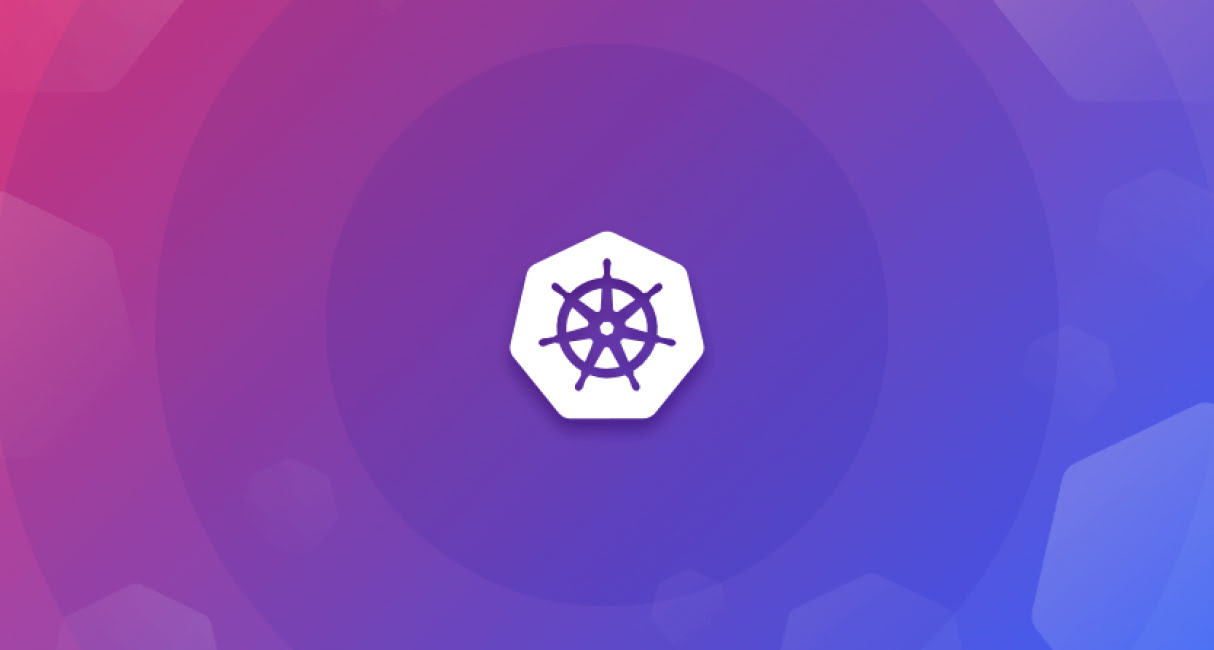
How Artjoker Helps CTOs Make the Right Call
At Artjoker, we specialize in helping CTOs turn these questions into actionable answers. Our team delivers DevOps services that aren’t just technically sound – they’re aligned with real business priorities. We don’t just “do Kubernetes†– we make it work for your business.
Our Approach:
- Proof of Concept (PoC) Development: We assist in creating PoCs to demonstrate the tangible benefits of Kubernetes, helping to build confidence among stakeholders.
- Tailored Solutions: Recognizing that one size doesn't fit all, we customize the container orchestration platform implementations to align with your specific business goals and technical requirements.
- Skill Augmentation: If your team lacks the container orchestration platform expertise, we provide the necessary support and training to bridge the gap, ensuring a smooth transition and operation.
- Cost Analysis and Optimization: We conduct thorough assessments to identify potential cost savings through efficient resource utilization and scaling strategies.
- Continuous Support: Beyond deployment, we offer ongoing support to adapt to evolving business needs and technological advancements.
By partnering with Artjoker, CTOs can navigate the complexities of Kubernetes adoption with confidence, ensuring that the transition not only meets technical expectations but also delivers measurable business value. Want a real-world example of what Kubernetes can do for your business? Let’s build one together.
Conclusion
Kubernetes is more than just a container orchestration tool – it's a strategic asset that empowers businesses to innovate faster, scale efficiently, and deliver superior customer experiences. By understanding the real-world applications and benefits of the container orchestration platform, business leaders can make informed decisions that drive growth and competitiveness in the digital era.
And here’s the thing: adopting the container orchestration platform isn’t just a technical decision – it’s a business one. When CTOs choose Kubernetes, they’re betting on flexibility, automation, and future-proof architecture. But to make that bet pay off, you need a strategy tailored to your goals, your team, and your stack. You need a plan that’s grounded in real business outcomes, not just Kubernetes buzzwords.
At Artjoker, we’ve seen it all. We’ve worked with startups launching their first cloud-native product and with enterprises refactoring legacy monoliths that were slowing everything down. We don’t believe in overengineering – we believe in building the right solution, with the right tools, at the right time.
Ready to harness the full potential of Kubernetes for your business? At Artjoker, we specialize in Kubernetes engineering and services tailored to your unique needs. Let's build something great together – reach out today!
Similar articles
View allyour business
together
- PROJECT INQUIRIES info@artjoker.net
- CALL US +1 213 423 05 84
contact us:



